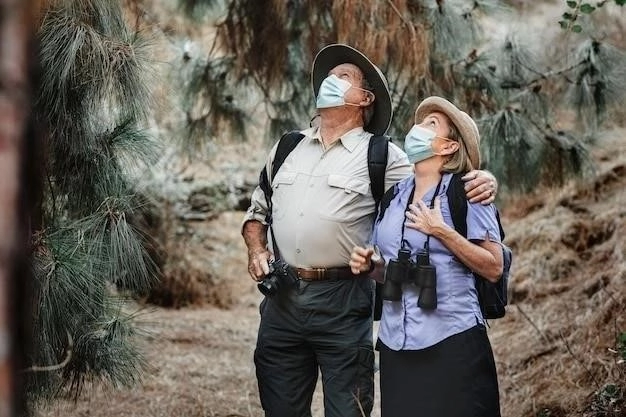Cape Verde Travel Guide
Cape Verde, an archipelago of volcanic islands, offers a captivating blend of natural beauty, vibrant culture, and tranquil ambiance. From exploring volcanic landscapes and relaxing on pristine beaches to experiencing lively music scenes and indulging in water sports, Cape Verde caters to a diverse range of travel preferences.
General Information
Cape Verde, officially the Republic of Cabo Verde, is an island nation comprising ten volcanic islands and five islets situated in the central Atlantic Ocean, approximately 570 kilometers west of the African continent. With a population of around 550,000, this archipelago nation boasts a rich cultural tapestry, shaped by its Portuguese colonial past and its strategic location at a maritime crossroads. Once a vital hub for shipping routes, Cape Verde’s economy now thrives on tourism, drawing visitors to its stunning landscapes and inviting climate.
The official language of Cape Verde is Portuguese, reflecting its history as a Portuguese colony. However, Crioulo, a Portuguese-based creole language, is widely spoken throughout the islands and holds significant cultural importance. The archipelago experiences a warm, tropical climate, characterized by year-round sunshine and minimal rainfall. This makes Cape Verde an appealing destination for travelers seeking respite from colder climates or those seeking adventure amidst volcanic landscapes and picturesque beaches.
Visa and Entry Requirements

Cape Verde implements visa policies to regulate the entry of foreign nationals into its territory. Citizens of certain countries are exempt from requiring a visa for short-term stays, typically for tourism or business purposes. These exemptions are often reciprocal arrangements based on bilateral agreements. It is essential for travelers to verify their visa requirements based on their nationality before planning a trip to Cape Verde.

Nationals of countries not exempt from visa requirements can obtain a visa upon arrival at the airport in Cape Verde or in advance through a Cape Verdean embassy or consulate in their home country. Visa on arrival typically involves paying a fee and presenting necessary travel documents, such as a passport with at least six months of validity remaining and proof of onward travel. Travelers are advised to carry sufficient funds to cover their stay and have travel insurance that includes coverage for medical emergencies. For extended stays or purposes other than tourism or business, specific visa categories and application procedures apply. It is advisable to consult the official website of the Cape Verdean Ministry of Foreign Affairs or a Cape Verdean embassy or consulate for the most up-to-date and detailed visa information.

Best Time to Visit
Cape Verde, blessed with a perpetually sunny and arid climate, welcomes travelers year-round. However, certain periods offer particularly favorable conditions for specific activities and interests. The best time to visit Cape Verde generally aligns with the drier months, typically from November to June, when rainfall is minimal and temperatures hover around a pleasant 25-30 degrees Celsius (77-86 degrees Fahrenheit).
These months are ideal for exploring the islands’ volcanic landscapes, indulging in water sports such as swimming, snorkeling, and diving, and basking on the pristine beaches. For wind-based activities like windsurfing and kitesurfing, the windier months, typically from October to May, provide optimal conditions. The “Harmattan” wind, a dry, dusty wind blowing from the Sahara Desert, can affect visibility during these months, but also contributes to the ideal wind conditions for these sports. It is worth noting that Cape Verde falls within the hurricane belt, and while hurricanes are relatively rare, the hurricane season, from June to November, should be considered when planning a trip.
Top Tourist Attractions
Cape Verde offers a diverse array of attractions for discerning travelers. Fogo Island, dominated by the majestic Pico do Fogo volcano, captivates with its dramatic landscapes and opportunities for hiking and exploring volcanic craters. Sal Island, renowned for its stunning beaches, such as Santa Maria with its white sand and turquoise waters, is a haven for sunseekers and water sports enthusiasts. The Pedra Lume Salt Crater, a submerged volcanic crater transformed into salt pans, provides a unique spectacle.

Santo Antão Island, a hiker’s paradise, boasts breathtaking valleys, rugged mountains, and picturesque villages. São Vicente Island, home to the cultural hub of Mindelo, entices with its vibrant music scene, colonial architecture, and lively markets. Boa Vista Island, known for its vast dunes, deserted beaches, and opportunities for whale and turtle watching, offers a tranquil escape. These attractions, along with numerous smaller islands and islets, make Cape Verde an enticing destination for those seeking natural beauty, cultural immersion, or simply a relaxing getaway.
Things to Do
Cape Verde offers a diverse range of activities catering to a variety of interests. Water sports enthusiasts can indulge in world-class windsurfing and kitesurfing, particularly on the islands of Sal and Boa Vista, renowned for their consistent winds and excellent conditions. Scuba diving and snorkeling unveil a vibrant underwater world teeming with marine life, while boat tours provide opportunities for dolphin and whale watching.
Hiking enthusiasts can embark on challenging trails amidst the volcanic landscapes of Fogo, Santo Antão, and Santiago, discovering hidden valleys, breathtaking viewpoints, and charming villages. Cultural exploration awaits in vibrant towns like Mindelo on São Vicente, where live music venues pulse with the rhythms of morna, a soulful Cape Verdean music genre, and historical sites showcase the islands’ colonial past. Relaxation seekers can unwind on pristine beaches, soak up the sun, and enjoy the tranquility of the islands’ laid-back atmosphere.

Accommodation
Cape Verde offers a diverse range of accommodation options catering to various budgets and preferences. From luxurious all-inclusive resorts to charming guesthouses and self-catering apartments, travelers can find suitable lodging for their stay. The islands’ burgeoning tourism industry has led to significant development in the hospitality sector, with international hotel chains and local boutique hotels providing comfortable and well-equipped accommodations.

Many resorts are situated along the coastlines, offering stunning ocean views, direct beach access, and a range of amenities such as swimming pools, restaurants, and spa facilities. For a more intimate experience, guesthouses and locally run establishments provide an opportunity to immerse oneself in the local culture and hospitality. Self-catering apartments and villas offer flexibility and independence for families or groups seeking privacy and the comforts of home. Regardless of preference, travelers are sure to find accommodations in Cape Verde that meet their needs and enhance their island experience.











